The Reality Of The Hells Angels Motorcycle Club
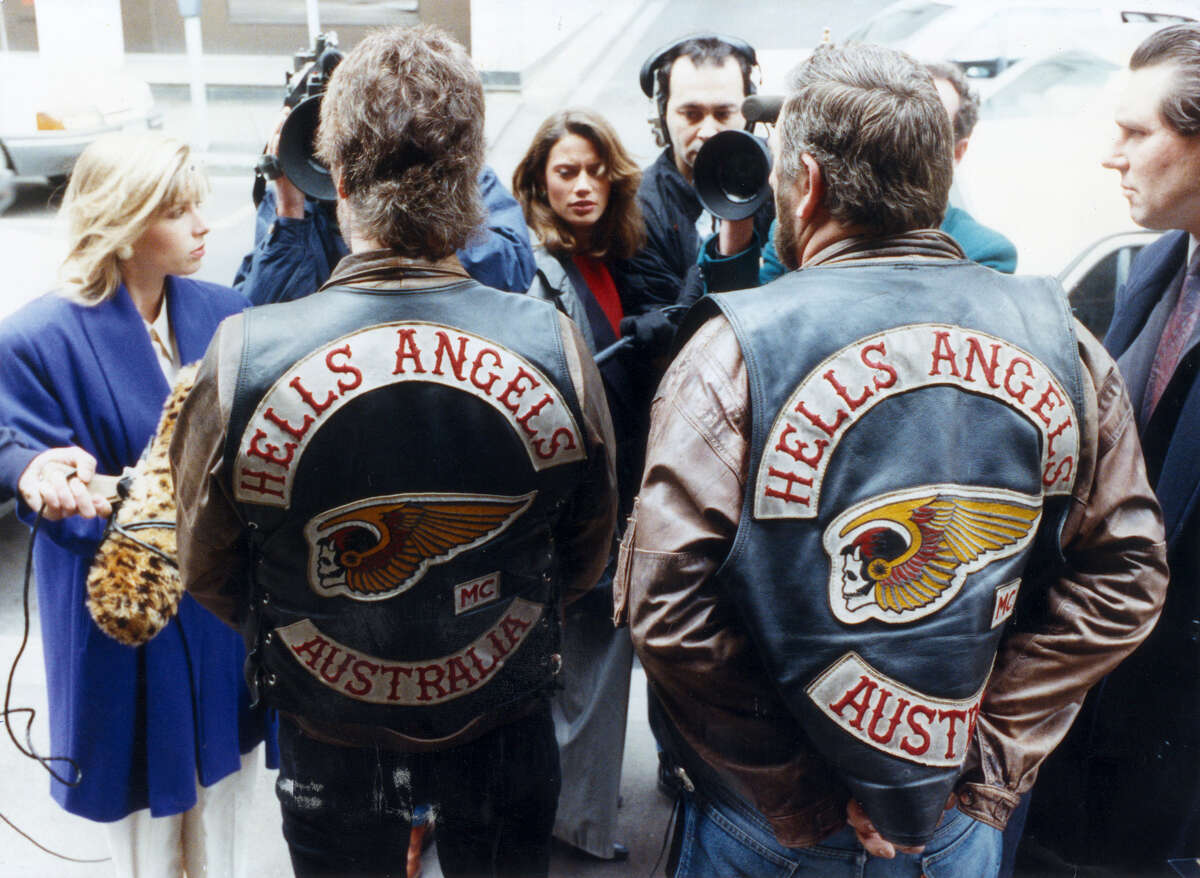
Table of Contents
A History of the Hells Angels Motorcycle Club
Understanding the Hells Angels Motorcycle Club requires exploring its rich, and often controversial, history. The "Hells Angels history" is deeply intertwined with post-World War II America, a time of societal upheaval and a burgeoning counterculture. Tracing the HAMC origins back to 1948 in Fontana, California, reveals a group initially formed by ex-servicemen seeking camaraderie and a sense of belonging. The founding members laid the groundwork for a club that would eventually expand globally, becoming synonymous with rebellion and a certain outlaw mystique.
- Founding in 1948 in California: The initial group, far from the organized crime syndicate often depicted, was a loose collection of motorcycle enthusiasts.
- Early years and evolving club structure: The early years saw the club solidify its identity, establishing a recognizable structure and developing the iconic "death head" insignia.
- Expansion across the globe and formation of chapters: The Hells Angels' growth wasn't limited to the United States; chapters sprang up internationally, leading to a complex, multi-layered organizational structure.
- Key historical conflicts and rivalries: The club's history is marked by violent conflicts with rival motorcycle gangs and law enforcement agencies, shaping its image and influencing its internal dynamics. These conflicts are key aspects of the HAMC's legacy and contribute to its notorious reputation.
The Structure and Organization of the Hells Angels
The HAMC hierarchy is a complex system, crucial to understanding the club's operations. The "chapter organization" forms the foundation, with individual chapters operating under a larger national and even international structure. Examining the HAMC hierarchy reveals a clear chain of command, designed to maintain control and facilitate activities. This organizational structure, while seemingly decentralized at the chapter level, ensures unified action and coordinated efforts when needed. Understanding the "club structure" is key to understanding the club's power and influence.
- The "Mother Chapter" system and its influence: The original chapter, often considered the most influential, exerts significant control and guidance over other chapters.
- Roles and responsibilities within the club (President, Vice President, etc.): The club's internal structure involves clearly defined roles and responsibilities, ensuring efficient decision-making and the implementation of directives. "Hells Angels leadership" varies from chapter to chapter, but the overall structure remains relatively consistent.
- The importance of "patches" and club insignia: The club's distinctive patches and insignia are potent symbols of membership, signifying allegiance and representing the HAMC identity to outsiders.
- Membership requirements and initiation processes: Becoming a full-fledged member of the Hells Angels involves a rigorous process, signifying commitment and adherence to the club's unwritten code.
Hells Angels' Activities: Beyond the Stereotypes
The HAMC's activities encompass a wide spectrum, extending far beyond the stereotypical image of outlaw bikers. While acknowledging the pervasive allegations of criminal activity, it's crucial to avoid sensationalism and offer a balanced perspective. The "Hells Angels activities" are varied, involving both legitimate and illegal enterprises.
- Motorcycle rallies and events (legitimate aspects): The club participates in various motorcycle rallies and events, fostering camaraderie and attracting significant media attention, both positive and negative.
- Charitable activities and community involvement (if any): While less publicized, some chapters have engaged in limited charitable activities or community involvement, seeking to improve their public image.
- Allegations of drug trafficking, violence, and organized crime: Extensive investigations and numerous legal battles have implicated the HAMC in various criminal activities, including drug trafficking, violence, and organized crime. "Criminal investigations" are ongoing in multiple jurisdictions.
- Law enforcement's ongoing efforts to combat HAMC criminal activity: Law enforcement agencies globally are actively involved in combating the club's criminal activities, leading to numerous arrests and convictions. "Legal battles" between the HAMC and authorities continue to this day.
The Public Perception and Media Representation of the Hells Angels
The "Hells Angels media portrayal" has significantly shaped public perception of the club. From Hollywood depictions to news coverage, the HAMC image is largely defined by media representation. Analyzing the "public perception HAMC" requires evaluating both positive and negative depictions.
- Examples of positive and negative media coverage: Media coverage ranges from sensationalized portrayals emphasizing violence and criminality to more balanced accounts acknowledging the club's internal structure and activities.
- The role of Hollywood and popular culture in shaping the HAMC image: Movies, television shows, and other forms of popular culture have largely contributed to the club's image, often depicting them as ruthless criminals.
- The impact of sensationalized news reporting: Sensationalized news often reinforces existing stereotypes, creating a distorted picture of the HAMC's reality. This needs to be addressed when attempting to understand the true "Hells Angels activities."
- Debunking common myths and misconceptions about the club: Critical evaluation of information is crucial to separating fact from fiction and avoiding perpetuating harmful stereotypes and myths. "Stereotypes and myths" surrounding the HAMC abound, and understanding the reality requires careful analysis.
Conclusion
This article explored the complexities of the Hells Angels Motorcycle Club, moving beyond simplistic stereotypes to present a nuanced understanding of its history, structure, and activities. While acknowledging the club's involvement in criminal activity, we also highlighted the need for objective analysis, separating fact from fiction. The reality of the HAMC is multifaceted and continues to be a subject of intense public scrutiny and ongoing investigations.
Want to learn more about the intricate world of the Hells Angels Motorcycle Club? Continue your research by exploring reputable sources and critically evaluating information you find online. Understanding the nuances surrounding the Hells Angels Motorcycle Club requires a commitment to factual reporting and avoiding sensationalized narratives.

Featured Posts
-
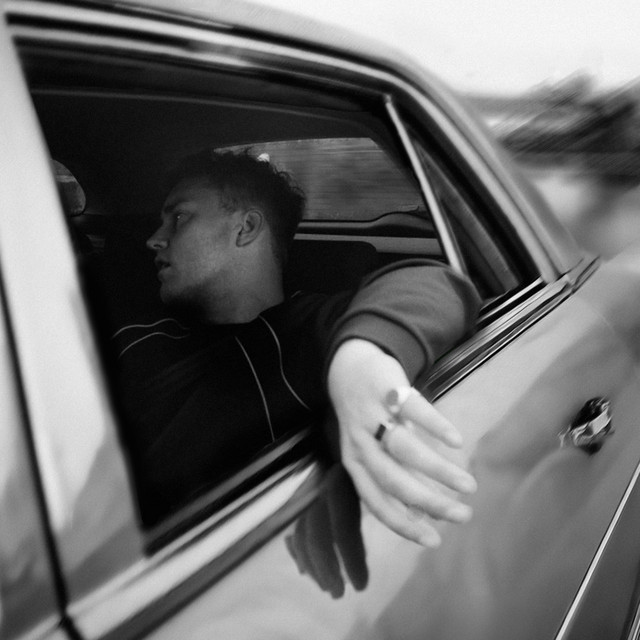 Applying For Bbc Big Weekend 2025 Tickets Sefton Park
May 25, 2025
Applying For Bbc Big Weekend 2025 Tickets Sefton Park
May 25, 2025 -
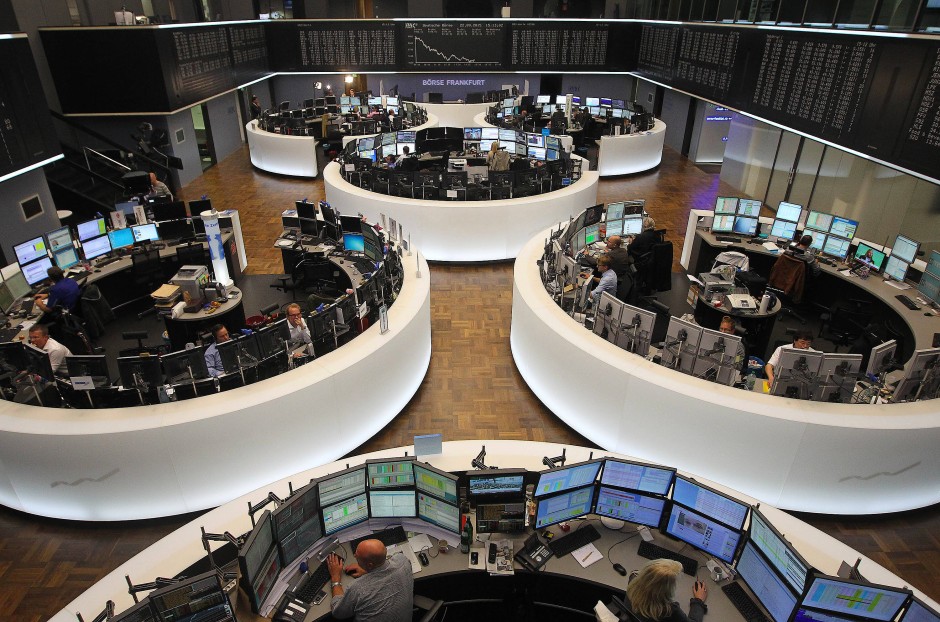 Deutscher Aktienmarkt Dax Eroeffnungskurs Und Einfluss Des Faelligkeitstermins 21 Maerz 2025
May 25, 2025
Deutscher Aktienmarkt Dax Eroeffnungskurs Und Einfluss Des Faelligkeitstermins 21 Maerz 2025
May 25, 2025 -
 Kueloenleges Porsche 911 80 Millio Forintos Extra Felszereltseg
May 25, 2025
Kueloenleges Porsche 911 80 Millio Forintos Extra Felszereltseg
May 25, 2025 -
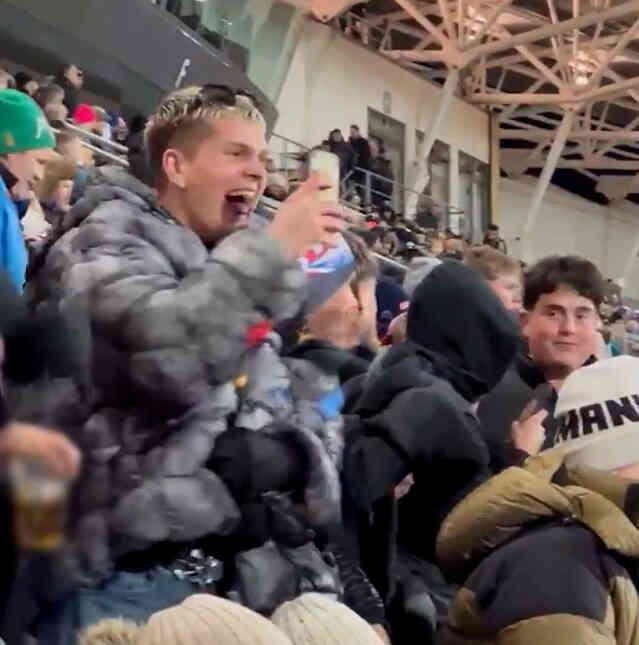 1 2 Atletico Madrid In Sevilla Zaferi Mac Oezeti
May 25, 2025
1 2 Atletico Madrid In Sevilla Zaferi Mac Oezeti
May 25, 2025 -
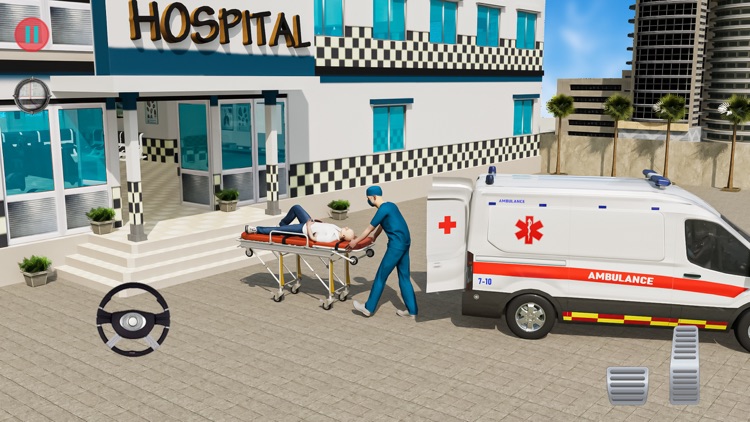 Paramedics Excel At National Police And Emergency Services Games
May 25, 2025
Paramedics Excel At National Police And Emergency Services Games
May 25, 2025
